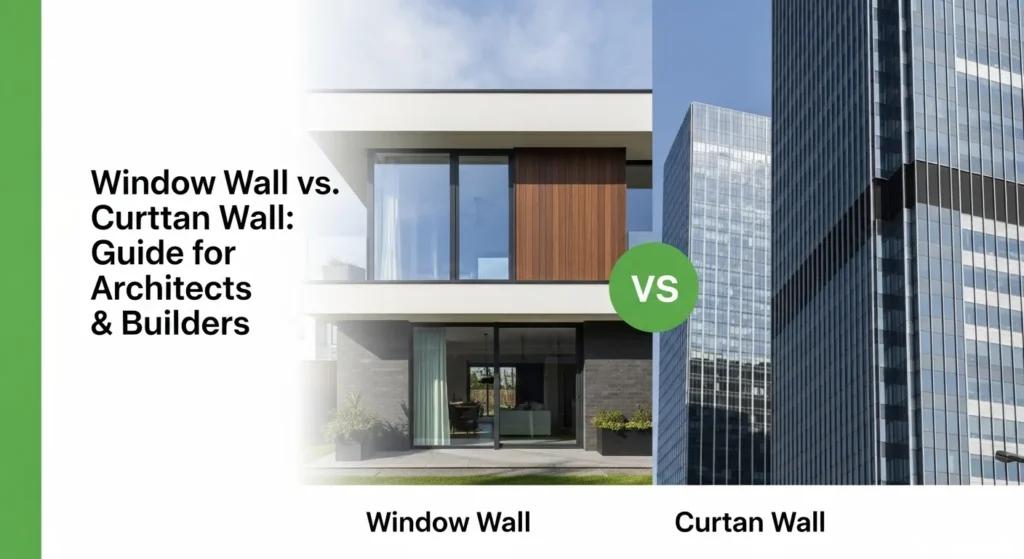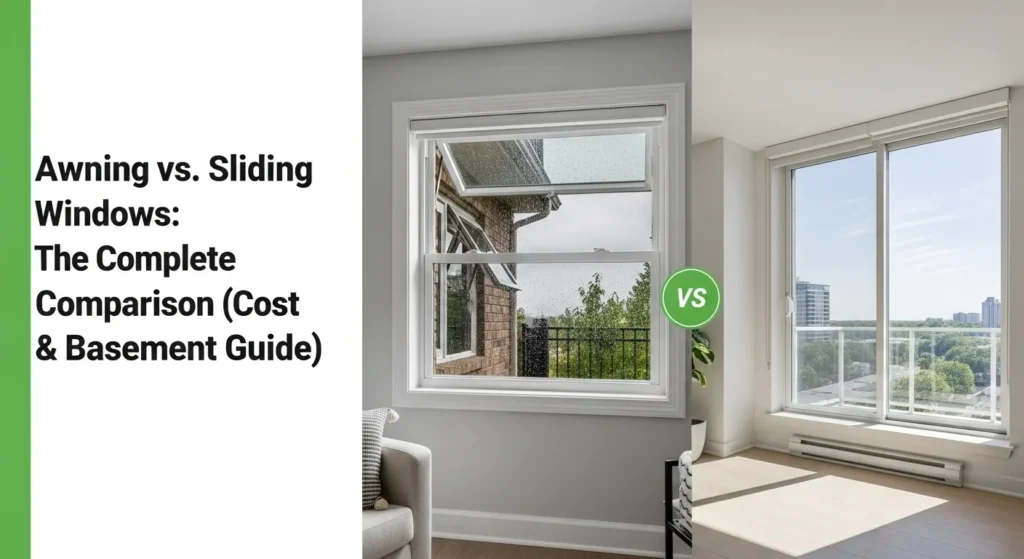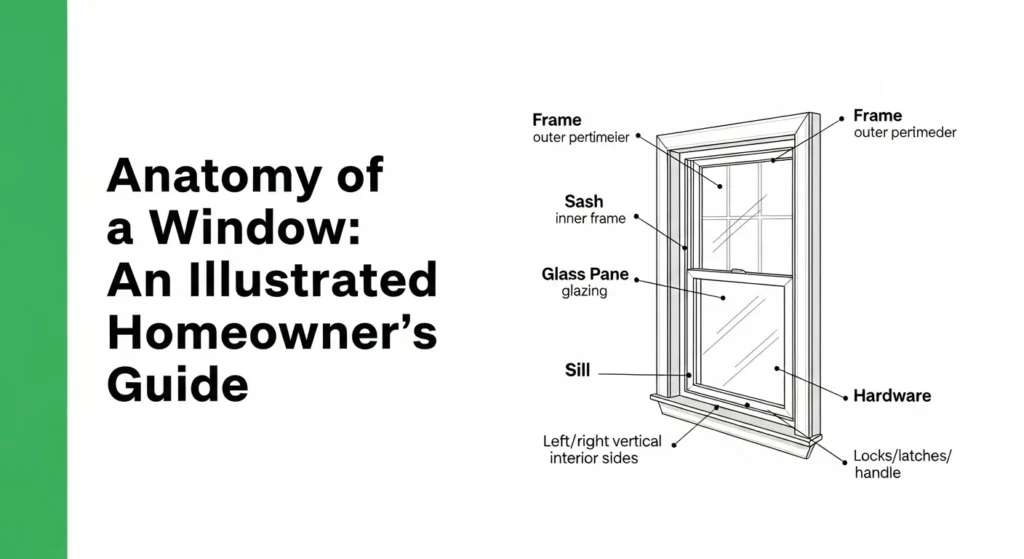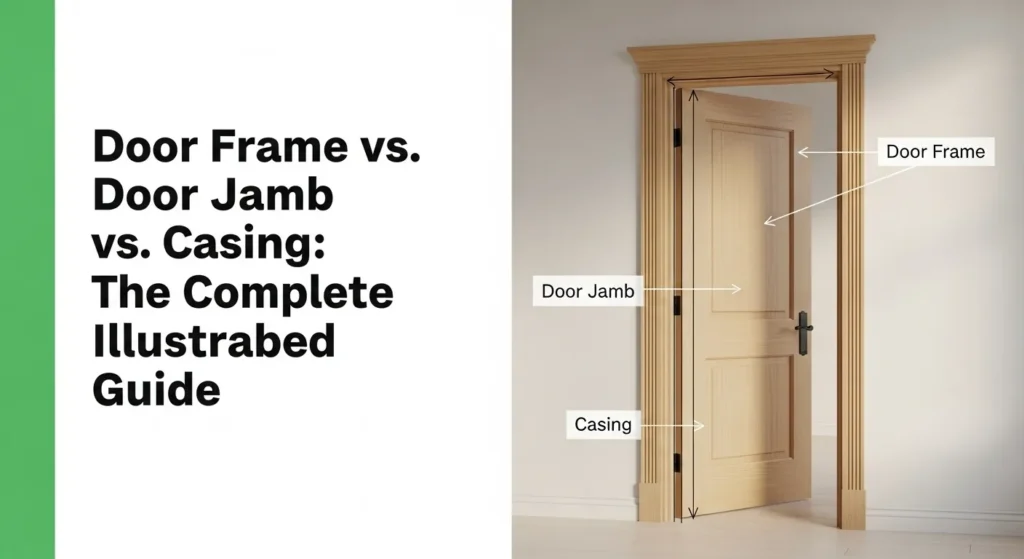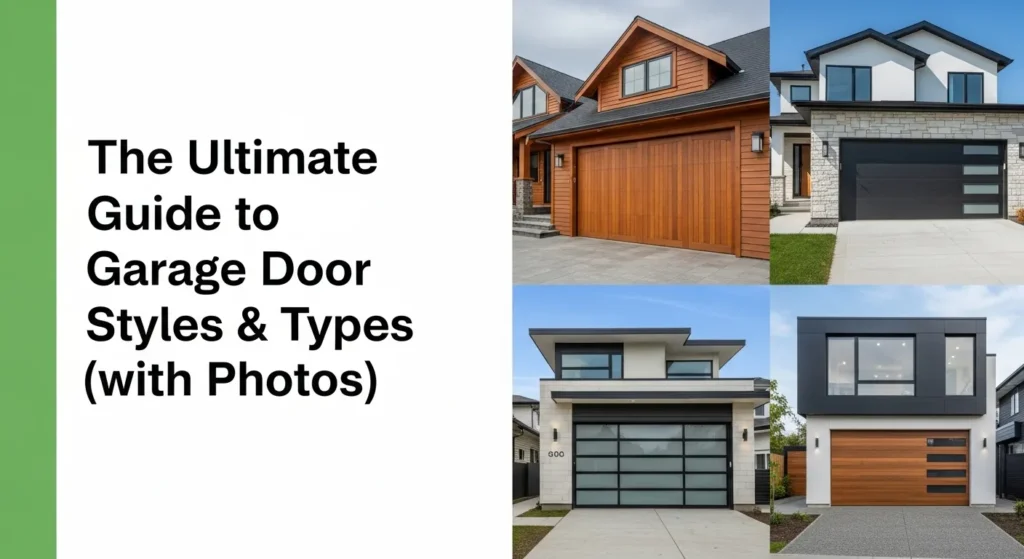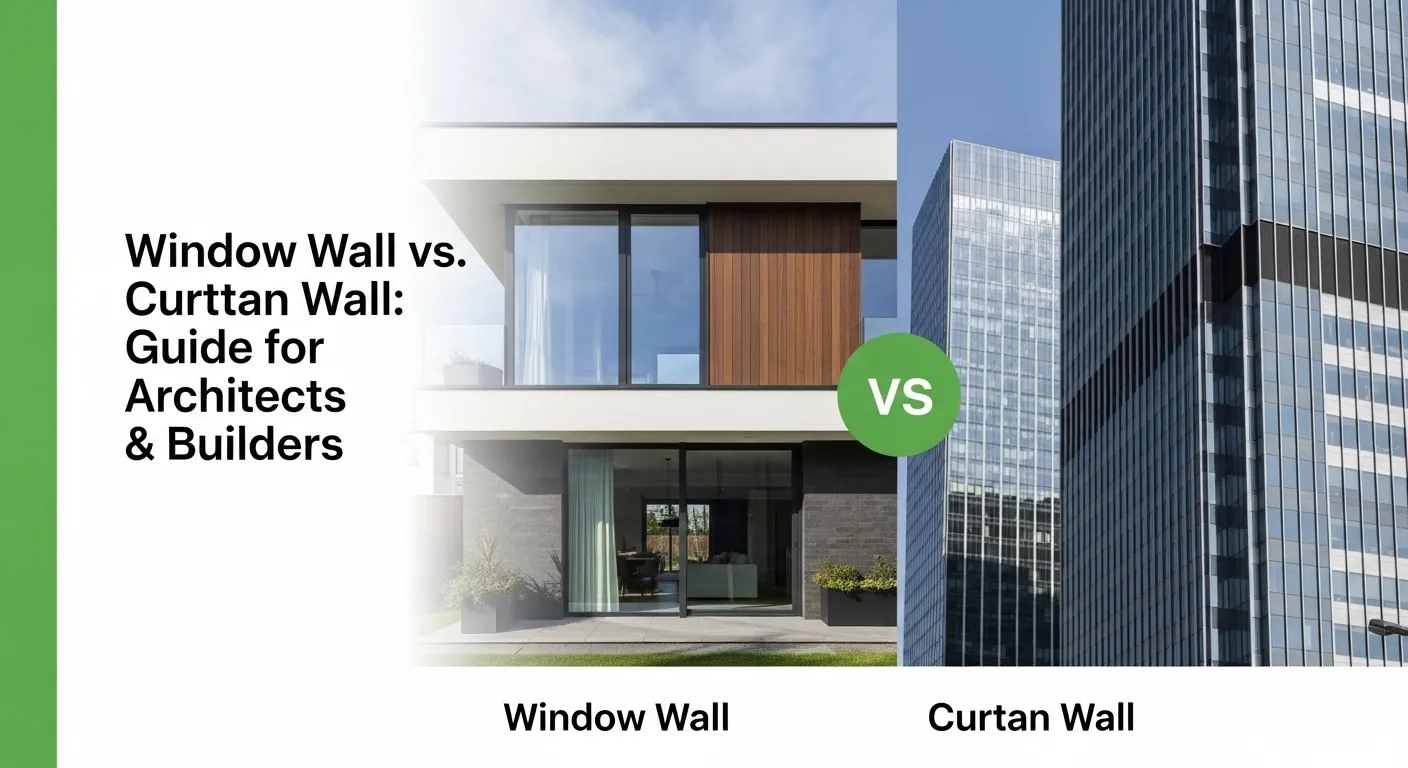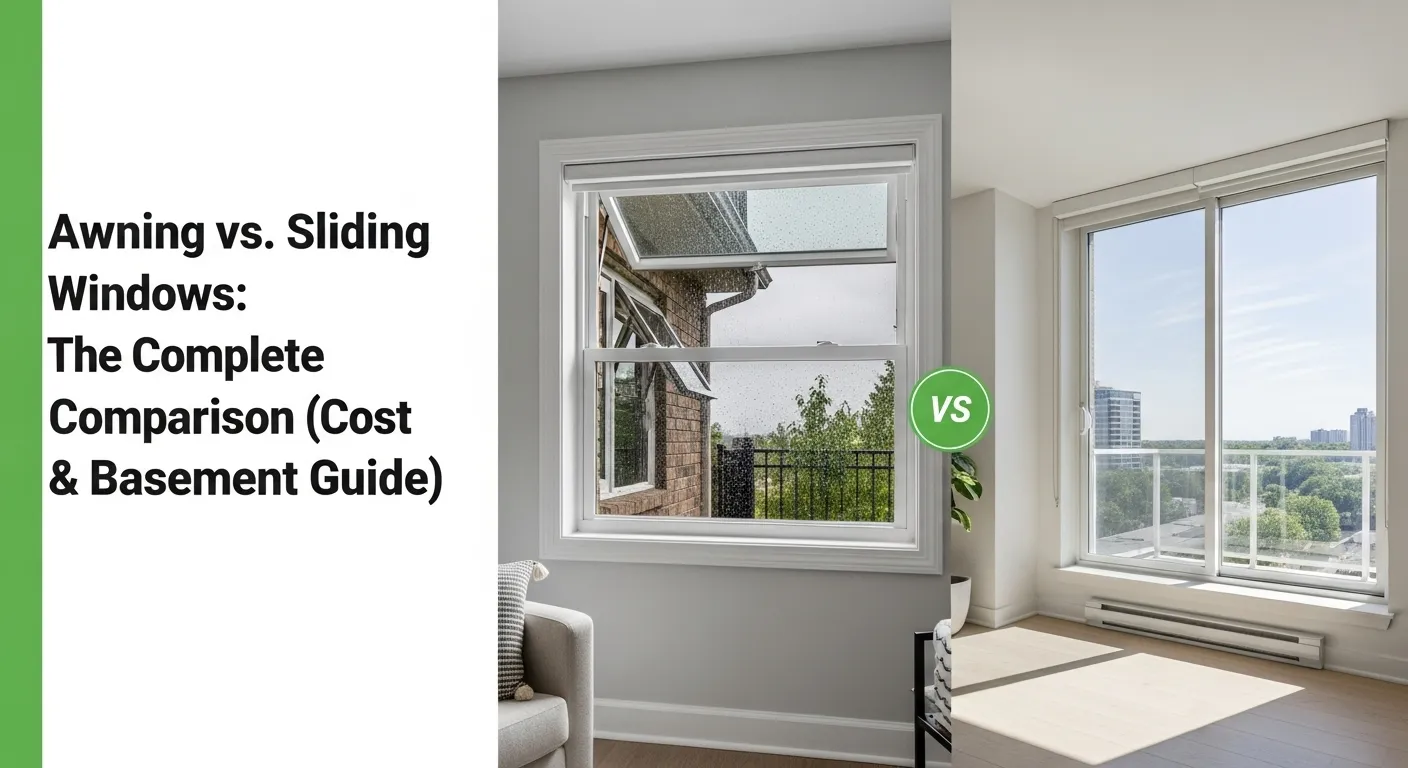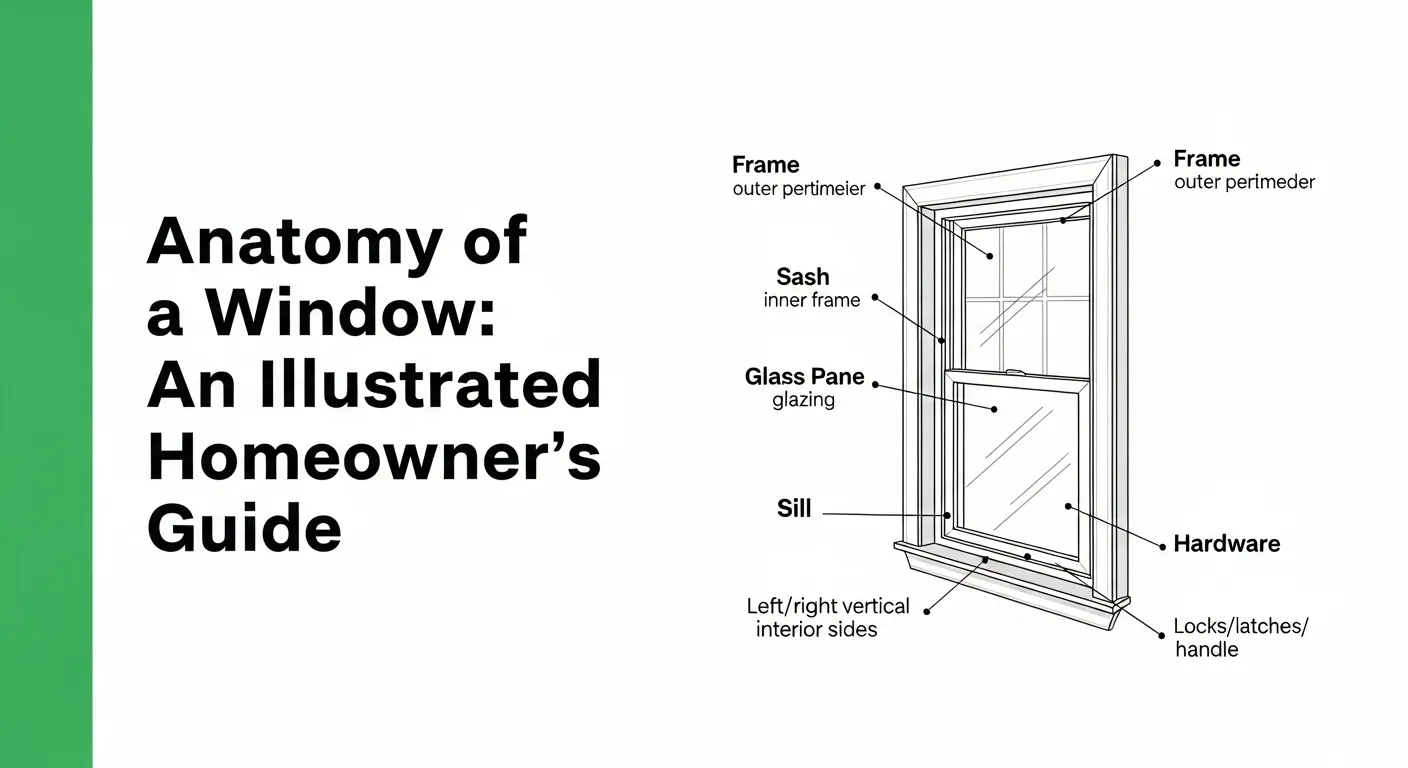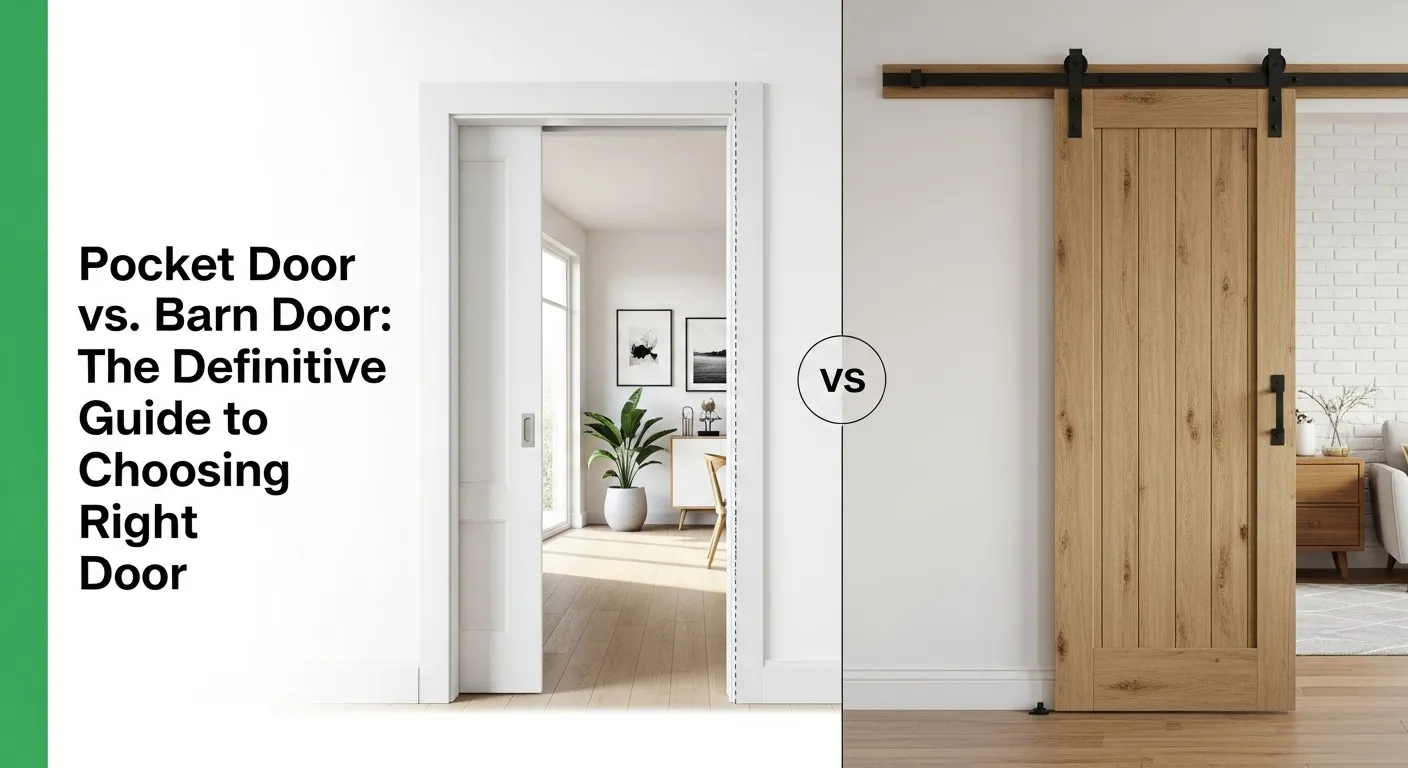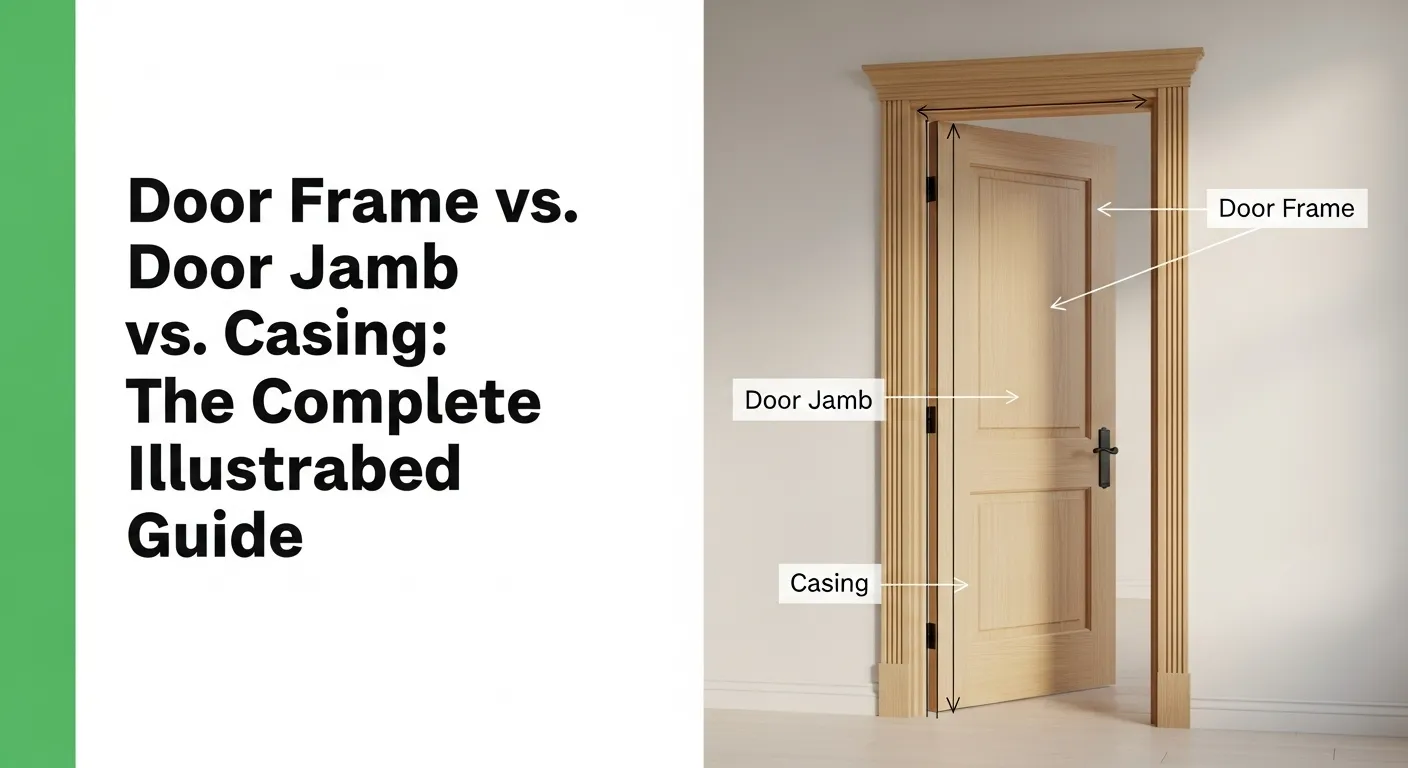Planen Sie eine Renovierung oder ein Neubauprojekt zu Hause? Standardfenstergrößen ist entscheidend, um Zeit und Geld zu sparen und eine reibungslose Installation zu gewährleisten. Dieser umfassende Leitfaden deckt alles ab, vom Ausmessen der Fenster bis zur Auswahl der richtigen Größe für jeden Raum in Ihrem Zuhause.
Größentabelle für Standardfenster
Diese Tabelle fasst die typischen Standardfenstergrößen für verschiedene Fenstertypen zusammen. Beachten Sie, dass es sich hierbei um allgemeine Richtlinien handelt und die tatsächlichen Größen je nach Hersteller leicht variieren können. Überprüfen Sie vor dem Kauf immer die Herstellerangaben.
| Fenstertyp | Typische Breite (Zoll) | Typische Höhe (Zoll) |
|---|---|---|
| Doppelt aufgehängt | 24 – 48 | 36 – 72 |
| Einzeln aufgehängt | 24 – 48 | 36 – 72 |
| Flügel | 14 – 36 | 17 – 73 |
| Schiebesysteme | 36 – 84 | 24 – 60 |
| Bild | 24 – 96 | 12 – 96 |
| Markise | 24 – 37 | 22 – 94 |
| Bucht (Breite) | 42 (Min.) – 126 (10'6″) | Siehe Hinweis |
| Erker (Höhe) | Siehe Hinweis | 36 – 78 (6’6″) |
Notiz: Die Abmessungen von Erkerfenstern variieren je nach Konfiguration stark. Die obige Tabelle zeigt typische Bereiche. Die Tiefe liegt normalerweise zwischen 18 und 24 Zoll.
Warum sollten Sie sich für Fenstergrößen im Standardmaß entscheiden?
Die Entscheidung für Standardfenstermaße Und Standardfensterabmessungen bietet eine Vielzahl von Vorteilen:
- Kosteneinsparungen: Fenster in Standardgröße werden in Massenproduktion hergestellt, was zu erheblichen Kosteneinsparungen im Vergleich zu kundenspezifischen Optionen führt. Erwarten Sie eine Ersparnis von bis zu $175 pro Fenster indem Sie eine Standardgröße wählen.
- Einfache Installation: Installateure sind vertraut mit typische Fenstermaße, was zu schnelleren und reibungsloseren Installationsprozessen führt.
- Verfügbarkeit: Standardfenster sind in den meisten Baumärkten und bei Fensterhändlern erhältlich.
- Vereinfachtes Einkaufen: Die Suche nach passenden Fensterdekorationen (Vorhänge, Jalousien usw.) ist viel einfacher mit normale Fenstergrößen.
- Messüberprüfung: Durch den Abgleich Ihrer Maße mit einer Standardgröße wird die Genauigkeit Ihrer Messungen bestätigt.
So messen Sie Fenster für den Austausch
Genaues Messen ist von größter Bedeutung. Befolgen Sie diese Schritte, um Ihre vorhandenen Fenster für den Austausch zu messen:
- Breite: Messen Sie den Abstand zwischen den Innenkanten des Fensterrahmens oben, in der Mitte und unten. Notieren Sie die kleinste Messung.
- Höhe: Messen Sie den Abstand von der Oberkante der Fensterbank bis zur Unterkante des oberen Fensterrahmens links, in der Mitte und rechts. Notieren Sie die kleinste Messung.
- Tiefe (optional): Messen Sie die Tiefe des Fensterrahmens, um die richtige Passform sicherzustellen.
Notieren Sie die Messungen immer wie Breite x Höhe.
Notation für die Dekodierungsfenstergröße
Fensterhersteller verwenden zur Bezeichnung der Fenstergröße häufig einen vierstelligen Code. Das Verständnis dieser Notation vereinfacht den Auswahlprozess.
- Die ersten beiden Ziffern geben die Breite in Fuß und Zoll an.
- Die zweiten beiden Ziffern geben die Körpergröße in Fuß und Zoll an.
Beispiel: Ein Fenster mit dem Code „2044“ ist 2 Fuß breit und 4 Fuß 4 Zoll hoch. Ein Fenster mit dem Code „2436“ kann in den Listen einiger Unternehmen 24 x 36 Zoll groß sein. Klären Sie immer, ob sich der Code auf das grobe Eröffnung (die Größe des Lochs in der Wand) oder die tatsächliche Fenstergröße.
Standardfenstergrößen nach Typ
Durchschnittliche Fenstergröße variiert je nach Fenstertyp. Hier ist eine Aufschlüsselung der häufigsten Standardfenstergrößen für verschiedene Stile:
Standardfenstergrößen nach Typ
Finden Sie die durchschnittlichen Größenbereiche für verschiedene Fensterstile
Die durchschnittliche Fenstergröße variiert je nach Fenstertyp. Wählen Sie unten einen Fenstertyp aus, um die Standardmaße anzuzeigen.
Benötigen Sie Sondergrößen?
HOTIAN bietet maßgeschneiderte Fenstergrößen, die perfekt zu den individuellen Öffnungen Ihres Hauses passen. Kontaktieren Sie uns für eine Beratung und ein individuelles Angebot.
Holen Sie sich ein individuelles AngebotDoppelfenster
Doppelfenster sind in den USA eine beliebte Wahl und verfügen über zwei bedienbare Flügel.
- Breite: 24 bis 48 Zoll
- Höhe: 36 bis 72 Zoll
Einfachfenster
Ähnlich wie Doppelfenster, jedoch öffnet sich nur der untere Flügel.
- Breite: 24 bis 48 Zoll
- Höhe: 36 bis 72 Zoll
Flügelfenster
Seitlich angeschlagen, Flügelfenster Kurbel nach außen öffnen. Viele Hausbesitzer wählen Flügelfenster wegen ihrer verbesserten Belüftungsmöglichkeiten. Wenn Sie nach einfacher Bedienung und einer dichten Abdichtung suchen, sollten Sie unsere Auswahl an Flügelfenster in Standardgröße.
- Breite: 14 bis 36 Zoll
- Höhe: 17 bis 73 Zoll
Schiebefenster
Schiebefenster Sie funktionieren horizontal und sind daher ideal für Räume, in denen kein Fenster nach außen ragen soll. Entdecken Sie unser Sortiment an Schiebefenster um die perfekte Lösung für Ihr Zuhause zu finden. Diese Fenster werden oft wegen ihrer Benutzerfreundlichkeit bevorzugt.
- Breite: 36 bis 84 Zoll
- Höhe: 24 bis 60 Zoll
Panoramafenster
Feste Fenster für ungehinderte Sicht. Keine Bedienung, rein ästhetisch. Panoramafenster sind perfekt, um atemberaubende Landschaften zu präsentieren. Wenn Sie daran interessiert sind, das natürliche Licht zu maximieren und atemberaubende Ausblicke einzufangen, werfen Sie einen Blick auf unsere Sammlung von Standardgrößen für Panoramafenster.
- Breite: 24 bis 96 Zoll
- Höhe: 12 bis 96 Zoll
Markisenfenster
Markisenfenster sind oben angeschlagen und öffnen sich nach außen und oben.
- Breite: 24 bis 37 Zoll
- Höhe: 22 bis 94 Zoll
Erkerfenster
Erkerfenster ragen aus der Wand heraus und bilden eine Nische.
- Breite: 42 Zoll bis 10 Fuß 6 Zoll
- Höhe: 36 Zoll bis 6 Fuß 6 Zoll
- Tiefe: 18 bis 24 Zoll
Leitfaden zur Fenstergröße nach Raum
Der Zimmertyp beeinflusst die ideale Standardgröße des Fensters:
Leitfaden zur Fenstergröße nach Raum
Finden Sie die idealen Fenstermaße für verschiedene Räume in Ihrem Zuhause
Der Raumtyp beeinflusst maßgeblich die ideale Fenstergröße. Wählen Sie unten einen Raum aus, um die empfohlenen Abmessungen anzuzeigen.
Benötigen Sie Hilfe bei der Auswahl der richtigen Fenstergröße?
Die Fensterexperten von HOTIAN helfen Ihnen gerne bei der Auswahl der perfekten Fenstermaße für jeden Raum in Ihrem Zuhause. Kontaktieren Sie uns für eine persönliche Beratung und ein individuelles Angebot.
Holen Sie sich ExpertenratKüchenfenster
Priorisieren Sie natürliches Licht und Belüftung. Küchenfenstermaße sind oft:
- Breite: 24, 30 oder 36 Zoll
- Höhe: 48, 60 oder 72 Zoll
Badezimmerfenster
Konzentrieren Sie sich auf Privatsphäre und natürliches Licht. kleine Fenstergrößen und Milchglas.
- Breite: 18, 24 oder 30 Zoll
- Höhe: 18 oder 24 Zoll
Schlafzimmerfenster
Sorgen Sie für ein Gleichgewicht zwischen Licht, Privatsphäre und Sicherheit. Größe des Schlafzimmerfensters muss den Ausgangsanforderungen entsprechen.
- Breite: 24 bis 48 Zoll
- Höhe: 48 oder 60 Zoll
Notausstiegsfenster sind in Schlafzimmern vorgeschrieben. Sie erfordern eine Mindestlichtweite von:
- 5,7 Quadratmeter
- 20 Zoll breit
- 24 Zoll hoch
Wohnzimmerfenster
Maximieren Sie natürliches Licht und die Aussicht. Fenstergröße Wohnzimmer üblicherweise reicht:
- Übliche Größen: 32 x 54 oder 36 x 60 Zoll
Kellerfenster
Betonen Sie Fluchtwege und Lichteinfall. Fluchtfenster sind ein Muss.
Wann Sie benutzerdefinierte Fenstergrößen in Betracht ziehen sollten
In manchen Fällen Standardfenstergrößen reicht nicht aus. Maßgefertigte Fenster sind ideal für:
- Ältere Häuser
- Einzigartige architektonische Designs
- Historische Gebäude
Obwohl teurer, benutzerdefinierte Fensterabmessungen sorgen für eine optimale Passform und sind unter Umständen kostengünstiger als eine Veränderung der Wandkonstruktion.
Zu berücksichtigende Faktoren bei der Auswahl der Fenstergröße
Berücksichtigen Sie neben der Größe auch diese Faktoren:
- Stil: Passen Sie den Fensterstil an die Architektur Ihres Hauses an.
- Natürliches Licht: Größere Fenster maximieren das natürliche Licht.
- Belüftung: Entscheiden Sie sich für zu öffnende Fenster für eine frische Luftzirkulation.
- Sicherheit: Wählen Sie Fenster mit robusten Schließmechanismen.
- Energieeffizienz: Berücksichtigen Sie die Auswirkungen der Fenstergröße auf die Heiz- und Kühlkosten. Achten Sie auf energieeffiziente Verglasung.
- Fensterrahmen: Berücksichtigen Sie Maße des Fensterrahmens beim Messen.
Tipps zur Auswahl der richtigen Fenstergröße
- Raumfunktion: Passen Sie die Fenstergröße dem Zweck des Raumes an (z. B. größere Fenster für Wohnzimmer, kleinere für Badezimmer).
- Präzise Messung: Messen Sie genau und verwenden Sie die kleinsten Maße.
- Bauvorschriften: Halten Sie die örtlichen Bauvorschriften hinsichtlich Fluchtweg und Sicherheit ein.
- Energieeffizienz: Wählen Sie energieeffiziente Fenster, um bei den Nebenkosten zu sparen.
- Professionelle Beratung: Im Zweifelsfall sollten Sie einen Fensterfachmann zu Rate ziehen.
Häufige Fehler, die Sie vermeiden sollten
- Ungenaue Messung: Überprüfen Sie alle Maße doppelt, um Bestellfehler zu vermeiden.
- Verwirrung beim Rough Opening: Klären Sie, ob sich die Größe auf das Fenster selbst oder die Rohbauöffnung bezieht.
- Missachtung von Bauvorschriften: Stellen Sie sicher, dass alle örtlichen Bauvorschriften eingehalten werden.
- Vernachlässigung der Energieeffizienz: Priorisieren Sie energieeffiziente Optionen.
- Selbstinstallation ohne Erfahrung: Beauftragen Sie einen professionellen Installateur, um die richtige Passform und Leistung sicherzustellen.
Abschluss
Das Fenstergrößen-Leitfaden vermittelt das grundlegende Wissen, das Sie benötigen, um sich in der Welt der Fenster zurechtzufinden. Durch das Verständnis Durchschnittliche Fenstergrößen in einem Haus, genaues Messen und die Berücksichtigung Ihrer spezifischen Bedürfnisse können Sie sicher die richtigen Fenster für Ihr Renovierungs- oder Bauprojekt auswählen. Denken Sie daran, einen Fensterfachmann für eine persönliche Beratung zu konsultieren.
